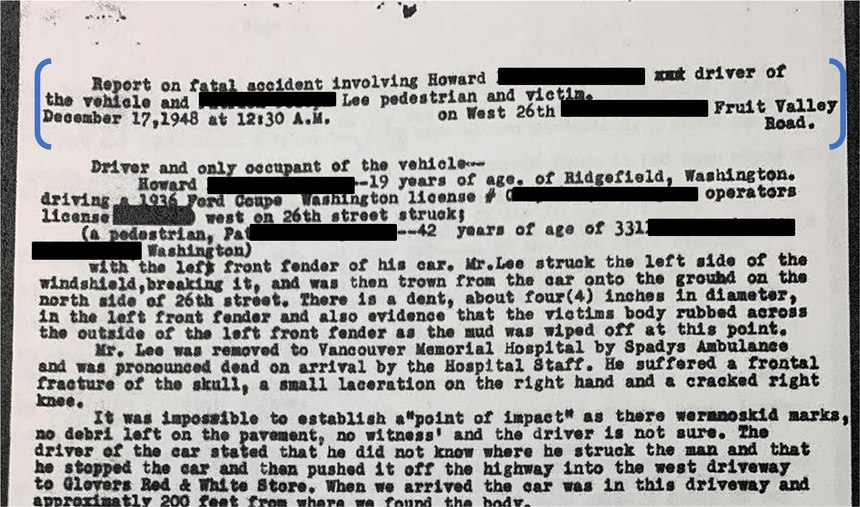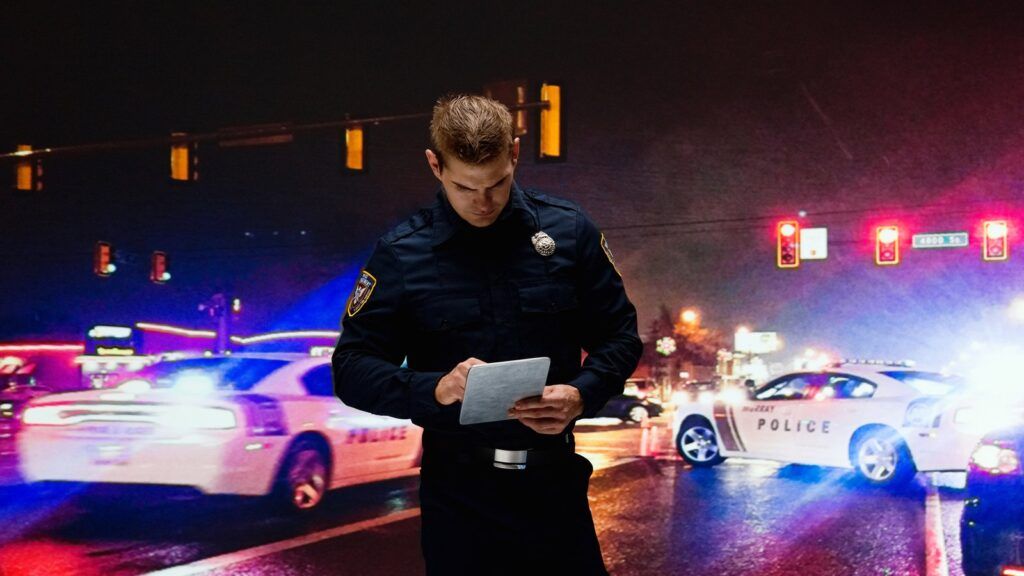Nearly every police agency teaches their officers how to write a synopsis at the beginning of their police report, yet we rarely do. The synopsis is the most under-utilized section in a police report. This short, straightforward, one-paragraph section at the beginning of your report contains tons of helpful information that will be used by crime analysts, command staff and even reporters.
What is a synopsis
A synopsis is a simple statement at the beginning of a police report that answers the who, what, when, where, how and why. That is it. It is a simple summary of what happened in the investigation from start to finish. Even in large cases, a single well-written paragraph is enough. Anything longer than one paragraph is called an executive summary or explanatory intro, which is a topic for another day.
The synopsis alerts the reader to the most critical points in the police report and prepares the reader for what is to come, like a spoiler for a movie. You want the reader to know what the report is about before reading it. The last thing a reader wants in a police report is a surprise.
The complete history of a synopsis
Sometime after 1870, someone decided it would be a good idea to train officers to write police reports. However, most of the report writing training was only given to federal employees, leaving the state and municipal agencies to create their own training.
George Sollers, who recognized that state and municipal agencies also needed training, decided to write the first American report writing textbook, “The Policeman’s Guide to Report Writing: An Aid to Police Officers in Preparing Reports.” Sollers’ approach was a bit eccentric: no matter how severe or complicated the case, brevity trumped details. It was common at those times to have a one- to three-paragraph homicide investigation report.
Between 1916 and the 1930s, police report writing instruction remained stagnant – especially with patrol officer report writing (detectives received at least some report writing training). After World War II, a new field of study was introduced into the academic university systems: technical writing. This new academic field forced police agencies to adopt professional and technical writing principles into formal report writing training.
Around this same time, the Federal Government started gathering crime statistics. And by the 1940s, nearly all agencies had to participate in the Uniform Crime Report (UCR) program. To make it easier for command staff to gather the information required by UCR, analysts created a concise summary at the beginning of the report of all the information they needed. This summary was called a synopsis.
Police administrators quickly realized a secondary use for the synopsis: daily crime briefs. Secretaries would copy an officer’s synopsis directly into the daily crime brief instead of reading the entire report for the same information.

The use of a synopsis continued until the late 1980s when computers started to partially replace analysts. By the mid-1990s, the synopsis was almost completely abandoned, even though it was taught at the police academy. Luckily for the synopsis, William Bratton and Jack Maple created CompStat. Police agencies, once again, had to gather specific data for CompStat reports. And the easiest way to collect this data was through a well-written synopsis.
Future of the synopsis
Police agencies are moving into third-generation Report Management Systems (RMS 3.0). The RMS 3.0 systems are truly fascinating and packed full of time saver options, advanced analytics and Google-like search engine optimization (SEO).
The synopsis is making a comeback in police reports. And with RMS 3.0, a synopsis will be required because of SEO-like crawling tools, Artificial Intelligence (AI) and Machine Learning (ML). RMS 3.0 can scan the synopsis, along with headings and other data points, to create a fully searchable police report.
A synopsis also makes it easier for your readers (analysts, detectives and sergeants) to find the information they need.
If you do not use a synopsis, please start.
How to write a synopsis
Writing a synopsis is easy. Your synopsis should always include what, where, when, where, how and sometimes why. It should also include general injuries, crucial evidence collection, weapons, or anything of immediate investigative value. Don’t worry, it sounds like a lot, but it really is simple.
Before we look at good examples from actual police reports, I want you to pay attention to the use of passive voice sentence structures. In a synopsis, it is preferred to use passive voice, so the reader focuses on what is essential: Dates, times, locations, arrests, injuries.).
Synopsis examples
The dates, times, locations, and names on all the examples were changed for confidentiality.
Conclusion
Using a synopsis is important. The information in that small paragraph is vital for advanced searches, prepares the reader for what is to come and helps analysts gather the data they need for their reports. Work on summarizing your report in one very simple, easy-to-understand paragraph. Focus on the date, the time, the location, who did what and what happened to who, and you will do just fine.
Remember, report writing should not be hard. But just like anything we do in law enforcement, practice is key to making writing easier. Pick a few of these topics outlined in this article and apply them to your next report. Once you feel comfortable with one topic, move on to the next.
This content was originally published here.




